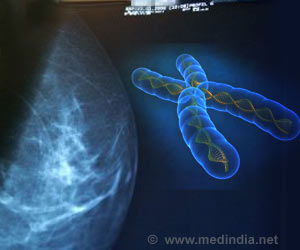Dragon man fossil is a newly discovered human species that may replace Neanderthals as our closest relative.

‘Newly-discovered human species named Homo longi or "Dragon Man" represents the largest of known Homo skulls and it may replace Neanderthals as our closest relative. The findings thereby can transform major elements of human evolution.’





"The Harbin fossil is one of the most complete human cranial fossils in the world. This fossil preserved many morphological details that are critical for understanding the evolution of the Homo genus and the origin of Homo sapiens," says author Qiang Ji, a professor of paleontology of Hebei GEO University. The Dragon Man
The massive Harbin skull shows typical archaic human features adapted for harsh environments to disperse throughout Asia. The skull could hold a brain comparable in size to modern humans but had larger, almost square eye sockets, thick brow ridges, a wide mouth, and oversized teeth.
This presents a mosaic combination of primitive and derived characters setting itself to a new species designation of Homo longi (apart from all the other previously named Homo species). The team dates the Harbin fossil using a series of geochemical analyses to at least 146,000 years old. This places it in the Middle Pleistocene – a dynamic era of human species migration, thereby hypothesizing that H. longi and H. sapiens could have encountered each other during this era.
"We see multiple evolutionary lineages of Homo species and populations co-existing in Asia, Africa, and Europe during that time. So, if Homo sapiens indeed got to East Asia that early, they could have a chance to interact with H. longi, and since we don't know when the Harbin group disappeared, there could have been later encounters as well," says author Chris Stringer, a paleoanthropologist at the Nature History Museum in London.
Advertisement
This finding reshapes our understanding of human evolution, suggesting that the Homo longi lineage may be our closest hominin relatives than Neanderthals (an extinct lineage that is thought to be the closest relative of our species). Thus the divergence time between H. sapiens and the Neanderthals may be even deeper, which is roughly 400,000 years earlier than scientists had thought.
Advertisement
Source-Medindia









